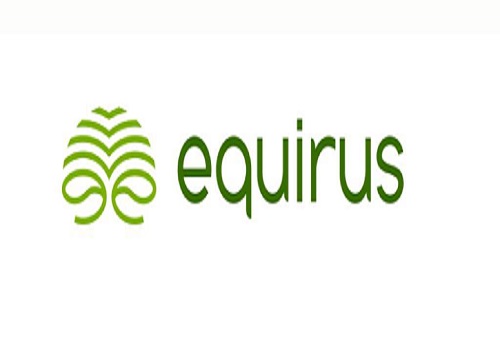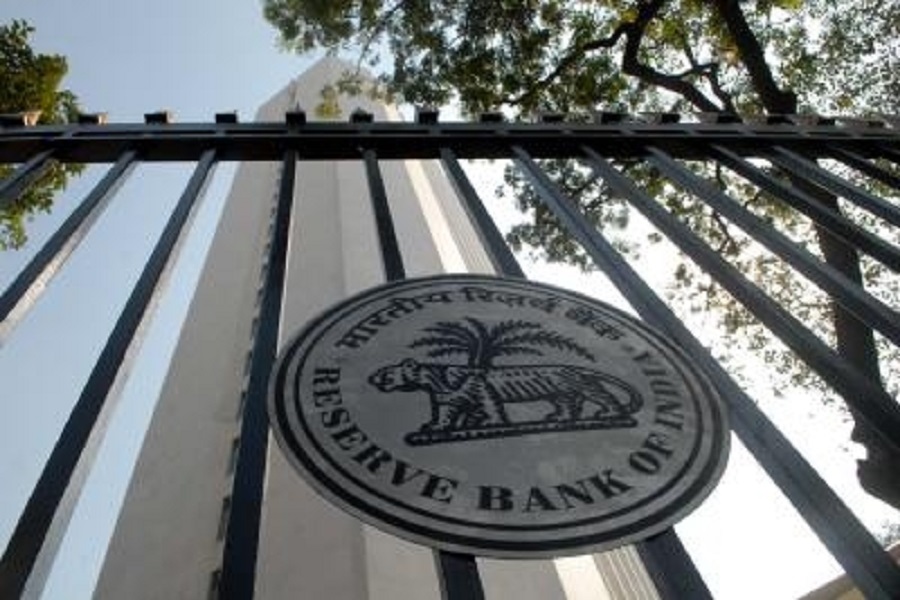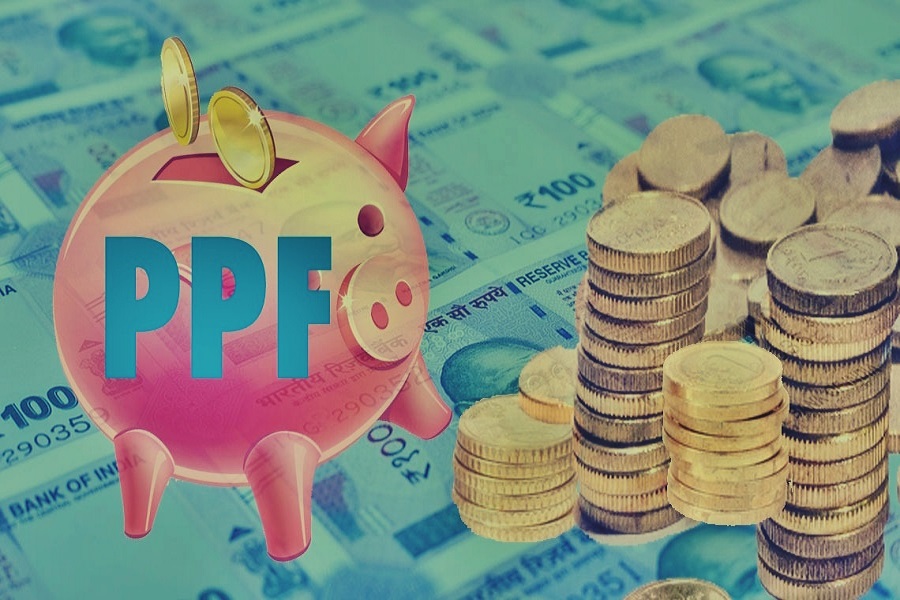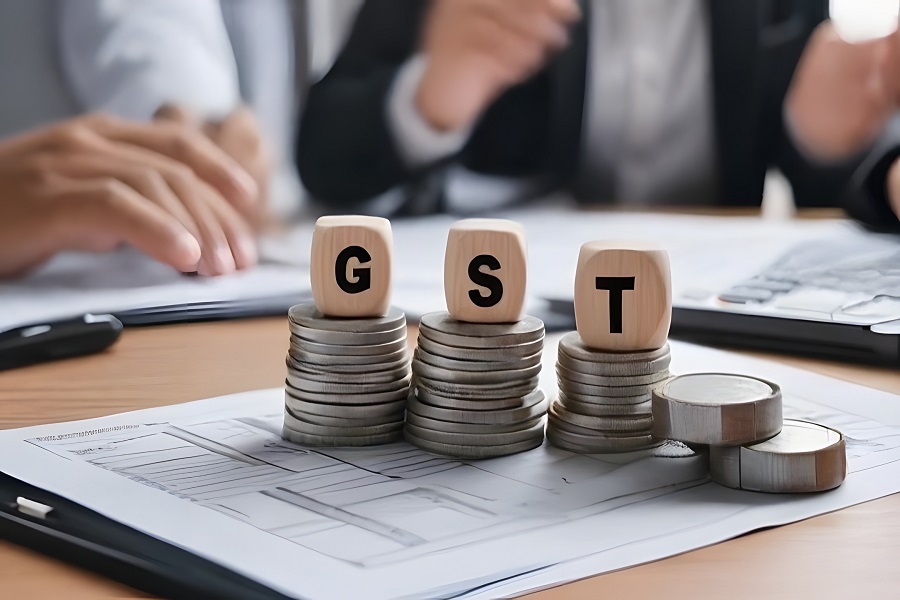RBI Annual Accounts - Higher dividend but lower economic capital By Emkay Global

Higher dividend but lower economic capital
* Modest expansion of 7% in the RBI’s balance sheet and a fall in economic capital to 21.7% were driven by a sharp drop in Currency and Gold Revaluation Fund.
* Despite lower income, a higher surplus transfer of Rs991.2bn was largely due to higher gains from FX trading operations (from weighted average cost perspective) and lower risk provisions.
* This buffers the fiscal somewhat, which will soon come under pressure amid fears of delayed divestment, higher-than-budgeted doles and possible fading of the positive upside surprises of indirect tax. We see the 10-year bond yield to be in the range of 5.95-6.25% in H1FY22.
* RBI’s economic capital is now close to a low of 21.7%. Generating higher surplus to aid government finances ahead will come with macro conundrums of managing yields and INR.
RBI balance sheet expands ~7% in FY21 after a robust increase in FY20
Due to a change in the accounting year to April-March from June-July earlier, FY21 accounting period was only of nine months. This partly explains a much slower increase of 6.99% in FY21 (lowest in last four years) vs. a robust 30% expansion last year. The asset side depicted foreign and domestic investments grew 11.5% and 14%, respectively.
Loans and advances specifically to SCBs (amount outstanding against repo) shrank 68% after having seen a sharp increase last year − primarily due to repayments of LTROs and TLTROs. Domestic assets constitute 28.2% of total assets, while the foreign currency assets and gold constitute 71.8% of the remaining assets. The liability side showed “other liabilities and provisions” fell 9%, major portion (62%) of which consists of Currency and Gold Revaluation Fund (CGRA), which fell 12%.
RBI’s income boost largely led by FX operations
Due to the shorter period, the total income for FY21 fell 11%. Interest income fell 37% yoy to Rs690.57bn. There was a 22% fall in net income from domestic sources, mainly on account of reduction in Gsec holdings and higher interest outgo as the banking system was largely in the reverse repo mode. The fall in income was much modest at 2%, with lower interest from FCA. The 59% surge in other income was mainly on account of gains of Rs506.29bn on FX transactions, which rose 69%.
We noted last week that even though the RBI was a net FX buyer in FY21, the gross dollar sale was close to USD85.2bn for the Jul’20-Mar’21 period (vs. barely USD20bn in the same period last year) of which USD61.8bn was done in Q4Y21, leading to high realized profits on the FX sale transactions from the weighted average cost perspective. But expenditure contracted sharply due to a significant reduction in the provision toward Contingency Fund (CF) and employee cost, leading to a higher available surplus to the government.
Higher surplus could help do the much need fiscal buffering
Higher surplus transfer of Rs 991.2 bn (budgeted Rs535 bn by RBI and nationalized banks) for FY22 is definitely a relief for the GoI on revenue front whose finances would soon come under pressure amid:
1) Fears of delayed execution of ambitious divestment target of Rs1.75tn
2) Higher possible doles payouts than budgeted on food, fertilizer subsidy and NREGA
3) Possible fading of the positive upside surprises of fiscal tax buffers on account of modestly budgeted indirect taxes. 3. The Gsec market, however, now looks ahead to the evolution of fiscal and inflation and the RBI’s invisibleto-visible hand to maintain the 10-year benchmark anchored at ~6%. We see the 10-year to be in the range of 5.95-6.25% in H1FY22.
Can FX-led higher dividend generation be a new-norm?
While the RBI’s FX operations may have eased some pressure on government finances, which have been constrained, this has also led to the RBI’s economic capital (realized equity + unrealized valuation gains) as % of assets dropping to 21.7% (near lower bound of recommended 20.5%-24.5%) vs. the high of 26.7% seen last year, largely led by unrealized lower MTM valuation and helped by a modest increase in the balance sheet.
Generating higher dividends with the same strategy would imply that the RBI would face the trilemma of tactically managing balance sheet expansion, Gsec yield and INR management. That they will have to constrain higher growth of its balance sheet to avoid transferring a large part of its profits implies either lesser OMO purchases or FX purchases. This, however, would imply 1) either higher yields, or (2) possible INR appreciation amid net BoP surplus – both of which could be counterintuitive and lead to losses in valuation account and could pressure the already lower economic capital.
To Read Complete Report & Disclaimer Click Here
For More Emkay Global Financial Services Ltd Disclaimer http://www.emkayglobal.com/Uploads/disclaimer.pdf & SEBI Registration number is INH000000354
Above views are of the author and not of the website kindly read disclaimer




.jpg)
















